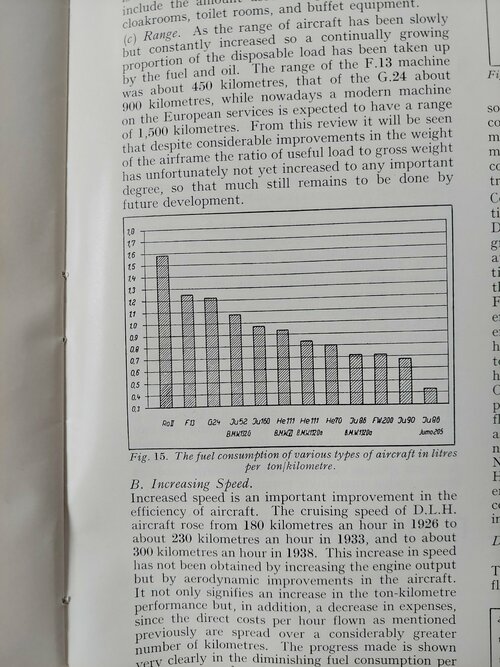well, compression ratio helps and it even beyond 7:1 you have a real gain (up to about 14- 16:1), but it only partially explains the better fuel economy of the Diesel. Diesel Engines run lean all the time which helps to reduce heat losses and their combustion speed is much greater at low rpm (unlike Otto engines it is almost constant, independent of rpm). Conventional gasoline engines need to be throttled at part load which reduces their effectivity dramatically. Also, they usually (especially air cooled aero engines) need to run rich at full power which is extremely inefficient.
As long as there is no mechanical limit, you can supercharge Diesels without delaying the combustion, because there is no danger of knocking.
The much higher cylinder preassure (compression ratio + boost) plus the additional injection equipment will make it heavier than Otto engines, so that it is quite demanding to design Aero Diesel which can replace a conventional Engine.

